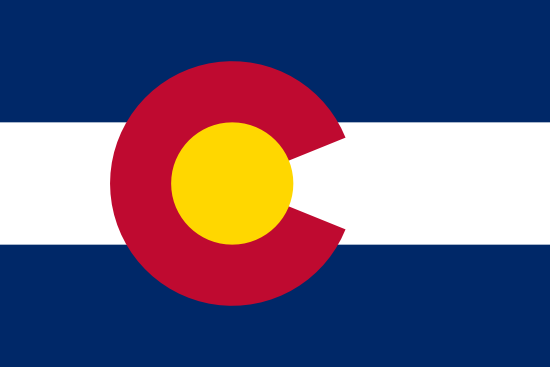
Denver
- County:
- Denver County
- County Seat:
- Yes
- Area (mi²):
- 153.074
- State:
- Colorado
Denver is a city located in Denver County, Colorado. Denver has a 2025 population of 729,019 . It is also the county seat of Denver County . Denver is currently growing at a rate of 1.06% annually and its population has increased by 1.59% since the most recent census, which recorded a population of 717,620 in 2020.
The median household income in Denver is $91,681 with a poverty rate of 11.21%. The median age in Denver is 35.2 years: 35.1 years for males, and 35.2 years for females. For every 100 females there are 101.8 males.